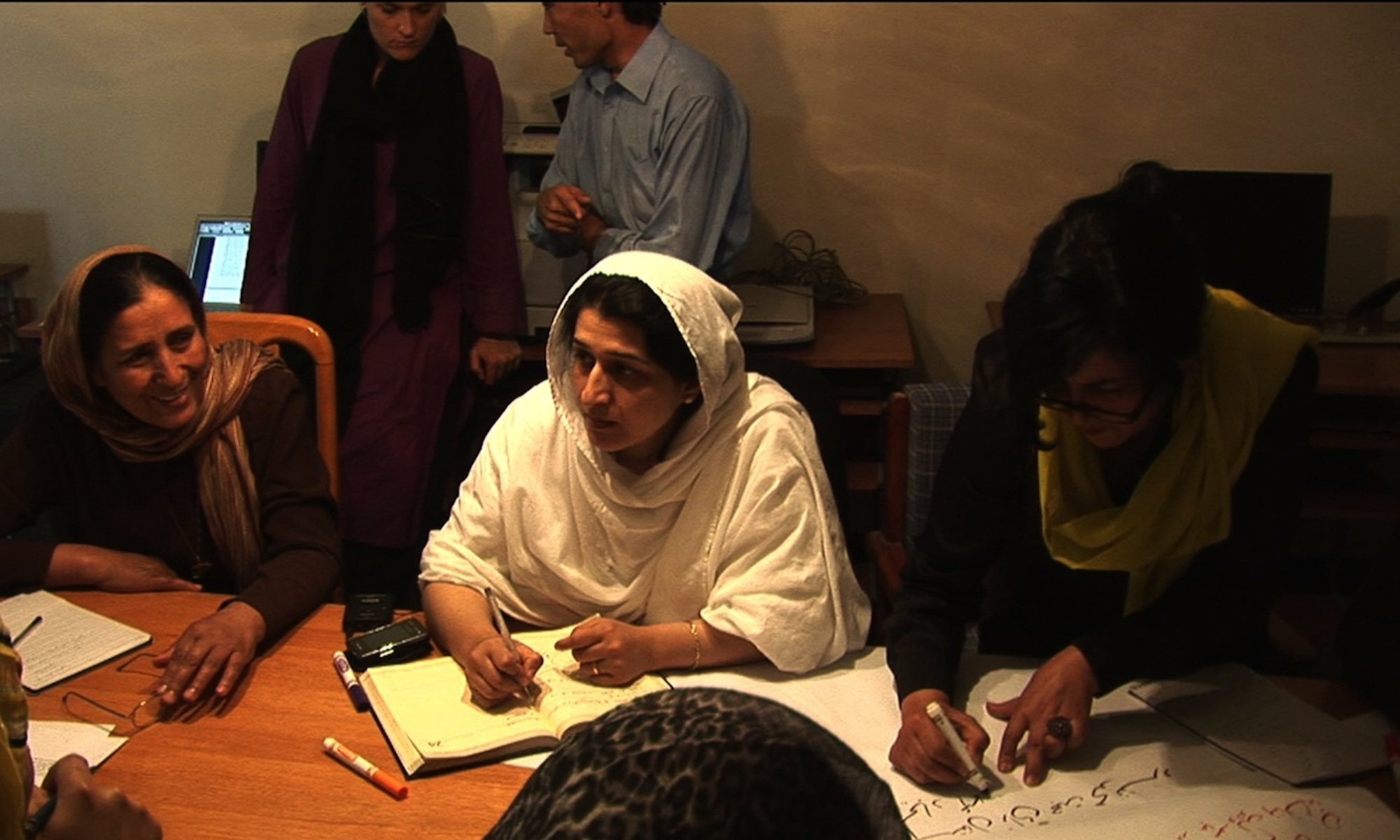Well-governed countries are more likely to make use of foreign aid for the purposes of economic development and poverty alleviation. Therefore, if aid agencies are providing funds for the sake of development, these countries should receive more aid and categorically different types of aid as compared with poorly governed countries. In poorly governed countries aid should be given in forms that allow for less discretion. Using an original data set of all World Bank projects from 1996 to 2002, the author distinguishes programmatic projects from investment projects and national from subnational investment projects. If the World Bank allows more discretion in well-governed countries, then it will choose to provide programmatic and national aid for these recipients. The author presents evidence that the World Bank provides a larger proportion of national investment lending in better-governed countries. With regard to programmatic lending, he finds mixed evidence. Among counties eligible for International Development Association (IDA) aid, good governance surprisingly is associated with a lower proportion of programmatic aid, whereas for International Bank for Reconstruction and Development (IBRD) borrowers, good governance is associated with a higher proportion. The author subjects these results to a number of robustness checks. Although he confirms the existing result in the literature that the World Bank provides larger overall amounts of aid to better-governed countries, his examination of the disaggregated data leads to questioning whether both lending wings of the World Bank are designing aid programs in the most prodevelopment way possible.

INSCT Postconflict Research Database
The Institute for National Security and Counterterrorism's Postconflict Research Database & Analysis Project stores cross-indexed bibliographic information on hundreds of journal articles, books, book chapters, and case reports that address the broad, interdisciplinary fields of postconflict reconstruction, stabilization, and peacebuilding.